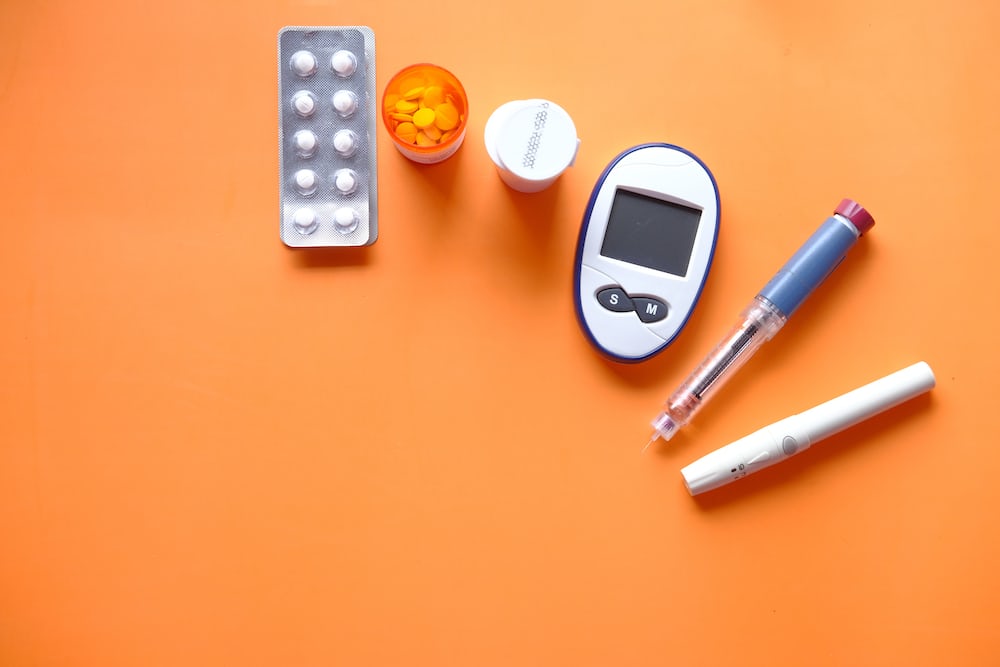Breakthrough MIT device could free those with type 1 diabetes from insulin injections and pumps
Scientists at the Massachusetts Institute of Technology (MIT) have unveiled a groundbreaking device designed to assist individuals with type 1 diabetes in producing insulin as needed. Their remarkable findings, published on September 18 in The Proceedings of the National Academy of Science, offer new hope for diabetes management.
The MIT engineering team has developed a compact, implantable device capable of housing a multitude of insulin-producing islet cells. This achievement stands in stark contrast to previous devices with similar aims, which faltered due to a lack of oxygen necessary for insulin production.
To address this limitation, the researchers devised an ingenious solution—a built-in oxygen factory within the device. This innovation enables the device to produce oxygen by splitting water vapor within the body.
In their experiments on mice, the MIT team reported that the device effectively maintained stable glucose levels for a minimum of one month after implantation. While these results are promising, it’s important to note that the device has not yet undergone human trials.
The researchers have ambitious plans for the future, aiming to develop a larger version of the device, approximately the size of a stick of chewing gum, and subject it to testing in individuals with type 1 diabetes.
“We are eager to see this technology translate, but it does take time,” said Dan Anderson, PhD, the study’s lead author and a professor of chemistry at MIT. “We hope to see this technology in humans within at most four years.”
Importantly, the potential applications of this technology extend beyond diabetes treatment. The MIT team envisions the adaptability of such devices for addressing other medical conditions that require repeated administration of therapeutic proteins, opening up new avenues for innovative healthcare solutions.
“This technology allows for an improvement in the current approach to implantation of units containing cells that produce insulin in response to blood glucose levels without requiring invasive surgery,” said Dr. Eliud Sifonte, an endocrinologist at NYU Langone Medical Associates, who was not involved in the study.







